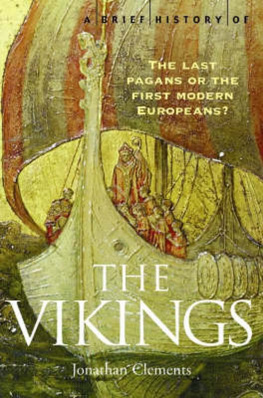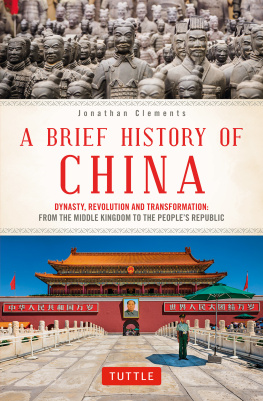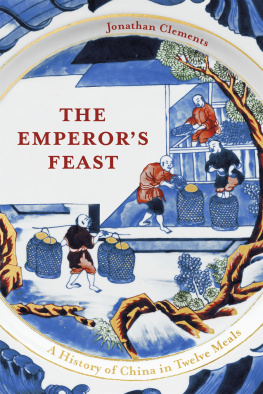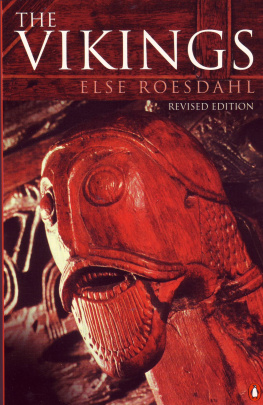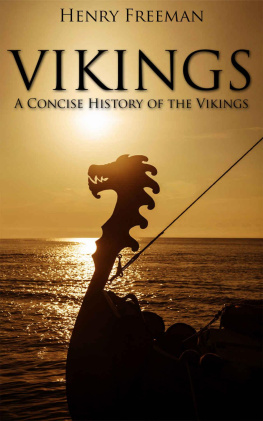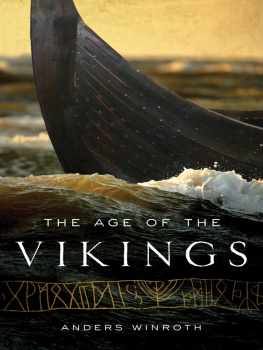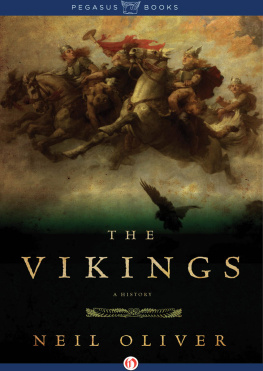JONATHAN CLEMENTS, is the author of The Pirate King, The Moon in the Pines and Confucius: A Biography. He divides his time between Jyvskyl and London and his website is www.muramasaindustries.com
Other titles in this series
A Brief History of 1917: Russias Year of Revolution
Roy Bainton
A Brief History of The Birth of the Nazis
Nigel Jones
A Brief History of The Boxer Rebellion
Diana Preston
A Brief History of British Kings & Queens
Mike Ashley
A Brief History of British Sea Power
David Howarth
A Brief History of The Celts
Peter Berresford Ellis
A Brief History of Christianity
Bamber Gascoigne
A Brief History of The Circumnavigators
Derek Wilson
A Brief History of The Crusades
Geoffrey Hindley
A Brief History of The Druids
Peter Berresford Ellis
A Brief History of The Dynasties of China
Bamber Gascoigne
A Brief History of Fighting Ships
David Davies
A Brief History of The Great Moghuls
Bamber Gascoigne
A Brief History of The Hundred Years War
Desmond Seward
A Brief History of Infinity
Brian Clegg
A Brief History of Medicine
Paul Strathern
A Brief History of Mutiny
Richard Woodman
A Brief History of Napoleon in Russia
Alan Palmer
A Brief History of Painting
Roy Bolton
A Brief History of The Royal Flying Corps in World War I
Ralph Barker
A Brief History of Science
Thomas Crump
A Brief History of The Tudor Age
Jasper Ridley
A BRIEF HISTORY OF
THE VIKINGS
THE LAST PAGANS OR THE FIRST MODERN EUROPEANS?
JONATHAN CLEMENTS
ROBINSON
London
In Memory of
Thorkill Clements
born in Reykjavik, died in London
Constable & Robinson Ltd
5556 Russell Square
London WC1B 4HP
www.constablerobinson.com
This edition published by Robinson,
an imprint of Constable & Robinson Ltd 2005
Copyright Muramasa Industries Ltd 2005
The right of Jonathan Clements to be identified as the author of this work has been asserted by him in accordance with the Copyright, Designs and Patents Act 1988.
All rights reserved. This book is sold subject to the condition that it shall not, by way of trade or otherwise, be lent, re-sold, hired out or otherwise circulated in any form of binding or cover other than that in which it is published and without a similar condition including this condition being imposed on the subsequent purchaser.
A copy of the British Library Cataloguing in
Publication Data is available from the British Library.
ISBN 1845290763
eISBN 978-1-47210-775-6
Printed and bound in the EU
1 3 5 7 9 10 8 2 4 6
CONTENTS
Introduction: Britannia Deserta
The Dark Ages
1 Songs of the Valkyries
Myths and Legends of Scandinavia
2 Fury of the Northmen
From the First Raids to Harald Bluetooth
3 Great Heathen Hosts
Highlands, Islands, Ireland and England
4 Brother Shall Fight Brother
Harald Fairhair and Sons
5 The Road East
Vikings, Russians and Varangians
6 Advent of the White Christ
From Harald Greycloak to Olaf Crowbone
7 Beyond the Edge of the World
Iceland, Greenland and Vinland
8 London Bridge is Falling Down
From Svein Forkbeard to Olaf the Stout
9 The Thunderbolt of the North
The Life and Legends of Harald the Ruthless
10 Children of Thor
One Thousand Years Later
ILLUSTRATIONS
The Gokstad longship (wood), Viking, 9th century/Viking Ship Museum, Oslo, Norway.
Bridgeman Art Library
Fragment of a painted stone showing Odin on his eight-legged horse Sleipnir. Gotlandic, 8th/9th century.
Photo: akg-images, London
Carriage from the Oseberg grave (burial mound with stones shaped like a ship), Norway, ninth century AD.
Photo: akg-images, London
Oseberg ship, oak ship from a grave mound (9th century), which included the grave found in Oseberg, Norway.
Photo: akg-images, London
Wooden post with carved animal head. From the Oseberg grave. Norway, ninth century AD.
Photo: akg-images, London
Trelleborg Fortress.
C M Dixon/Ancient Art & Architecture Collection Ltd
Reconstruction of the Viking barracks at the fortress of Trelleborg. It is considered to have been built by Harald Bluetooth. Slagelse, Denmark, AD 980981.
Werner Forman Archive
Interior reconstruction of the Viking barracks at Trelleborg, built following the pattern of the original foundation post holes. Trelleborg, Denmark, AD 9101020.
Werner Forman Archive
St Olaf, patron saint of Norway (Olaf Haraldsson), Norway, 13th century, found in Gotland.
Werner Forman Archive/Statens Historiska Museet, Stockholm
Smiths mould for casting both Christian crosses and Thors hammers.
Werner Forman Archive/National Museum, Copenhagen
LAnse aux Meadows National Historic Park (Newfoundland, Canada), Viking settlement, c.AD 1000: (oldest known European settlement in North America).
Photo: akg-images, London/Jrgen Sorges
A berserker, chewing on his shield, amid the piece of the Lewis chess set.
C M Dixon/Ancient Art & Architecture Collection Ltd
The Lindisfarne stone, depicting a raiding party of Vikings.
C M Dixon/Ancient Art & Architecture Collection Ltd
PREFACE AND
ACKNOWLEDGEMENTS
There are already several excellent books on the Viking Age, such as the works of Magnusson, Brnsted, Sawyer and Roesdahl, and my personal favourite for all-round factual information, Gwyn Jones revised History of the Vikings. Accordingly, I have tried to steer a course between the other available authorities, concentrating on the personalities of the Viking era, who made up that remarkably small handful of families and interlocking dynasties who were the prime movers of the Viking expansion. In order to accomplish this, I have included several family trees to aid the reader in appreciating the Viking Age not as the clash of armies but as a series of family dramas, complete with feuds and reunions, as descendants of local leaders in Scandinavia entwine with the kings and queens of medieval Europe. In a small way, I hope to achieve something of the sense of the sagas that preserve so much of Viking culture for us, showing the people of Scandinavia through their personal lives, or at least, as romanticized and distorted by their later descendants in Iceland. When saga claims veer far from the evidence of archaeology or other orthodox sources, I have endeavoured to strike a balance.
I have stayed clear of some of the more famous passages that can be found in the works of others. Ibn Fadlans infamous treatment of Rus funeral rites, human sacrifice, gang rape and all, features largely in the works of Brnsted and Jones, and need not be repeated here. Instead, I have concentrated on a passage in Ibn Fadlan that I find far more evocative of the Viking experience in the East an account of declining trade and the desperation that can ensue. Similarly, nothing encapsulates the Vikings relationship with the Native Americans better than Gudrids heart-rending conversation with a Skraeling in her tent, which I have chosen to quote in place of the more usual tales of Vinland. With such an approach, I hope this book will provide a new perspective even for those who already familiar with other studies.
Next page
